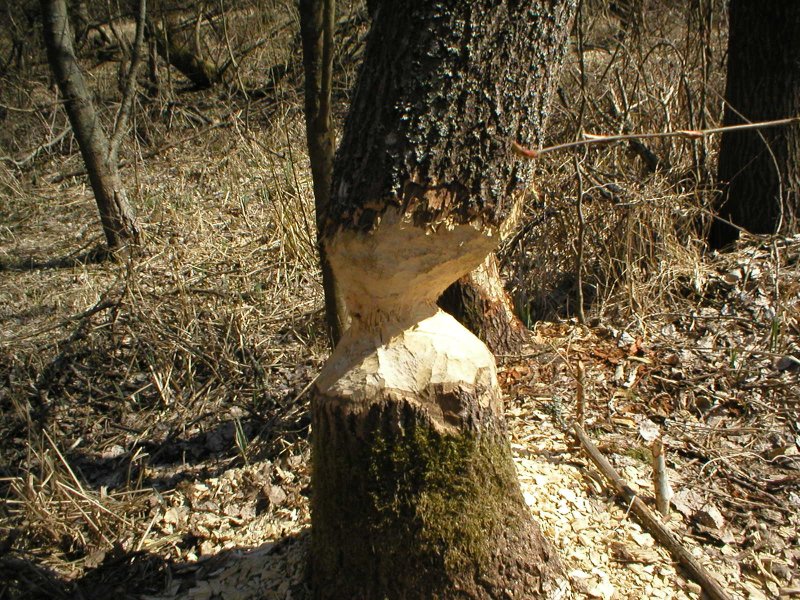 Wildcare is a rehabilitation and education nonprofit located in San Rafael. If a hawk ran into your office building in San Francisco or a shivering raccoon turned up in the parking lot in Corte Madera, odds are they’d bring it to Wildcare in Marin. Their newsletter is published every month and goes to some 10,000 addresses. So I was fairly excited when our new otter friends talked them into including beavers in their June issue. Check out the lovely photos, courtesy of Cheryl Reynolds as usual!
Wildcare is a rehabilitation and education nonprofit located in San Rafael. If a hawk ran into your office building in San Francisco or a shivering raccoon turned up in the parking lot in Corte Madera, odds are they’d bring it to Wildcare in Marin. Their newsletter is published every month and goes to some 10,000 addresses. So I was fairly excited when our new otter friends talked them into including beavers in their June issue. Check out the lovely photos, courtesy of Cheryl Reynolds as usual!
beaver dads – worth a dam!
by Heidi Perryman, Ph.D., President & Founder, Worth A Dam
The animal kingdom often provides us with a fairly bleak view of fatherhood – especially in mammals! Defending territory and mating rites seem to take up most of dad’s time – but when it comes to beavers we see a whole new side to paternity!
Since beavers select a single partner and mate for life, dad has much more time for hands-on childcare, parenting moments, everyday repairs and helping around the house.
Beavers and father’s day! This is an exciting inclusion on the paternal theme! I have learned amazing things about beaver fathers since I’ve been watching our family. Go read the whole thing yourself which I worked hard to finish back before festival details were all-consuming.
When mom is getting ready to give birth dad will often move into a nearby “bachelor pad” to give her space, but once the kits are on the scene, he is in close attendance. It is dad who brings tender new shoots to the nursing kits to entice them to try solid food and dad with whom they spend much of their time. He gives them beaver-back rides and practices swimming and diving to teach them how to make their way in the water.
If you’re looking to be (or find) a better father, we’d recommend spending some time with beavers!
Having an editor who asked me questions, nudged me to say more and prompted me to clarify my more oblique points made me realize that I’ve been very, very spoiled on this website – writing without supervision whatever misspelled non sequiturs I might want to employ. JoLynn (who does the newsletters) reminded me to include a natural history section (what I would call ‘beaver basics’) and I was happy to feature dad’s remarkable parenting and talk about him as a single parent. We disagreed about how much of the beaver ;controversy’ to include, but ended up with a fairly harmonious compromise. I made sure to conclude with a plug for the beaver festival.
The Martinez Beavers have earned international recognition, local, state and national media, a popular website, a community of followers and a yearly beaver festival. This year’s (celebrated August 4th) will mark the 5th anniversary of their arrival.
While the first festival sought just to apply pressure to an ambivalent city council that had not yet decided to welcome the beavers, the event has turned into a celebration of all beavers, drawing wildlife supporters from around California. The entire crew of Worth A Dam is committed to helping cities learn about inexpensive solutions to beaver problems and teaching that these remarkable aquatic engineers “really ARE Worth A Dam!”
As of 2012, three other states have adopted beaver festivals of their own, and cities from Ontario to Maine are considering future trials.
Gosh that makes us sound impressive. Go read the whole thing and while you’re there check out what else wildcare has to offer. I love the idea that Northern California readers will read the article and think about beavers in a whole new light.
A.M. photo from Cheryl of ‘Reed’ carrying mud.






 Congratulations Team Cornwall! And Congratulations Furbearer defenders who raised money for this install that will be undertaken by our young friend Adrian Nelson! I am so proud of all of you, and remembering
Congratulations Team Cornwall! And Congratulations Furbearer defenders who raised money for this install that will be undertaken by our young friend Adrian Nelson! I am so proud of all of you, and remembering 





































